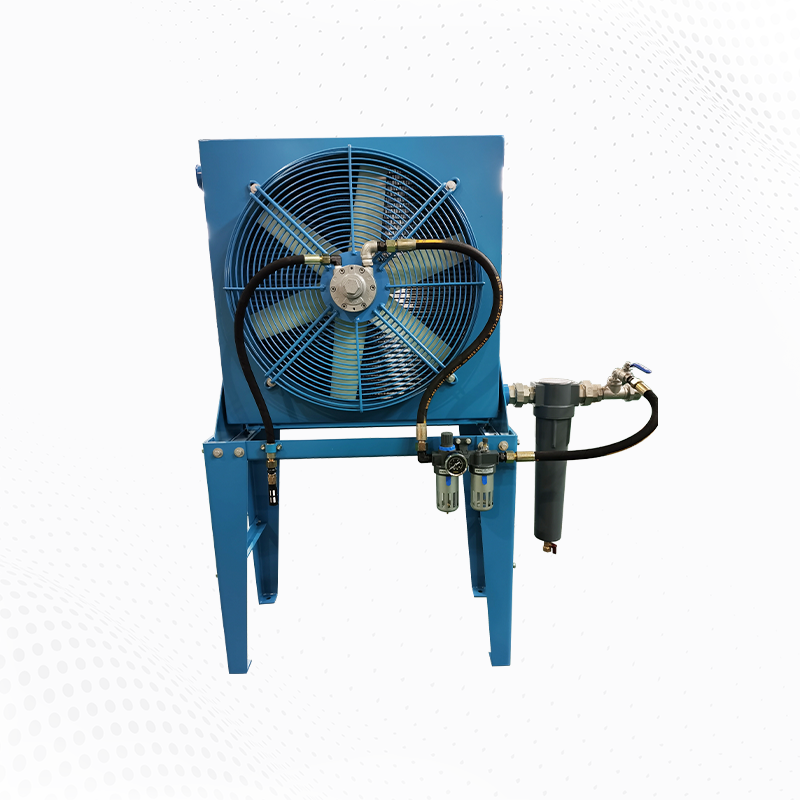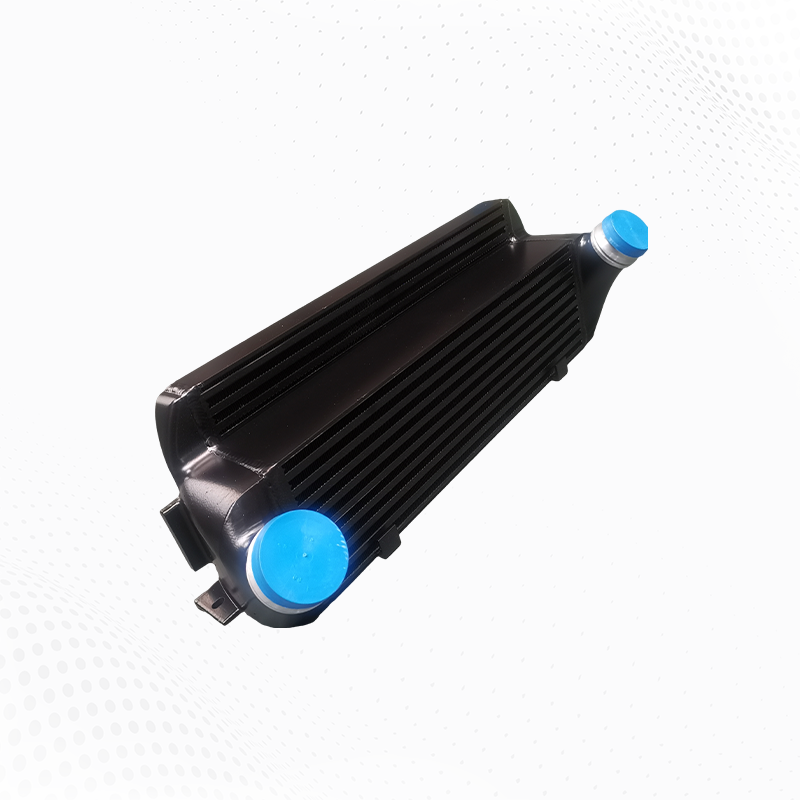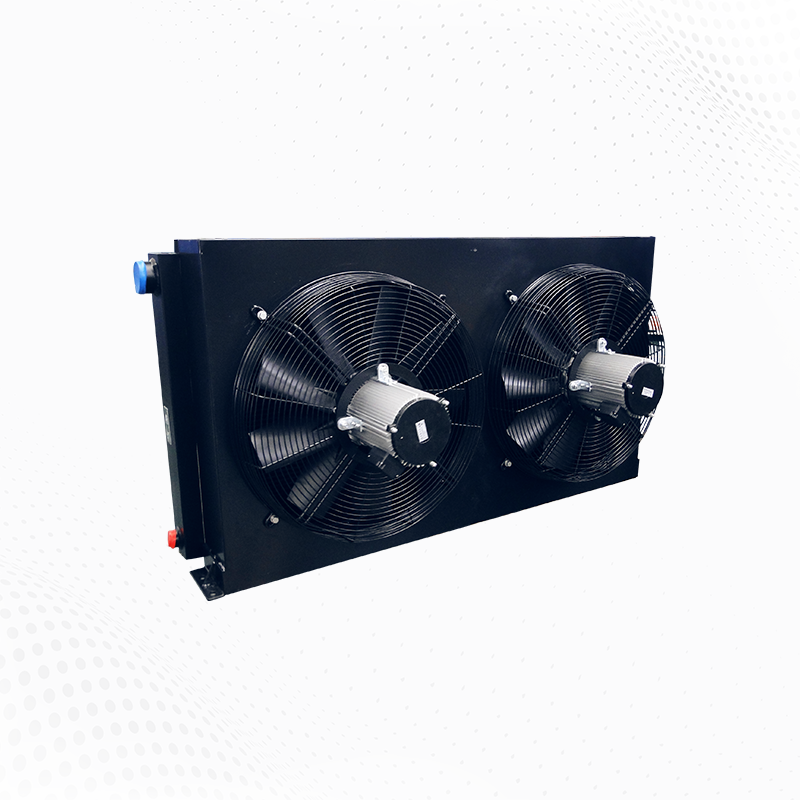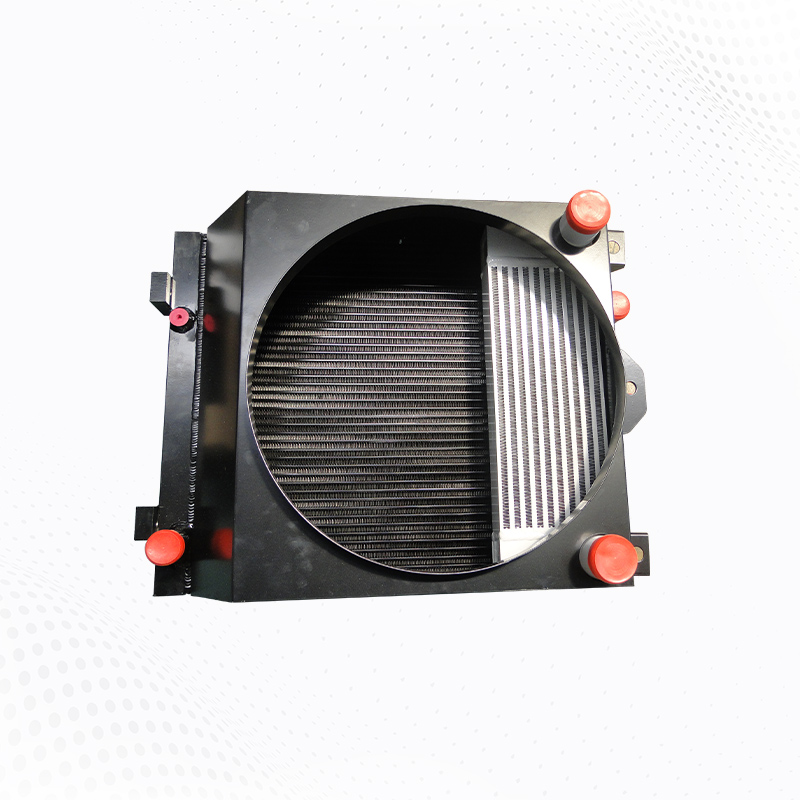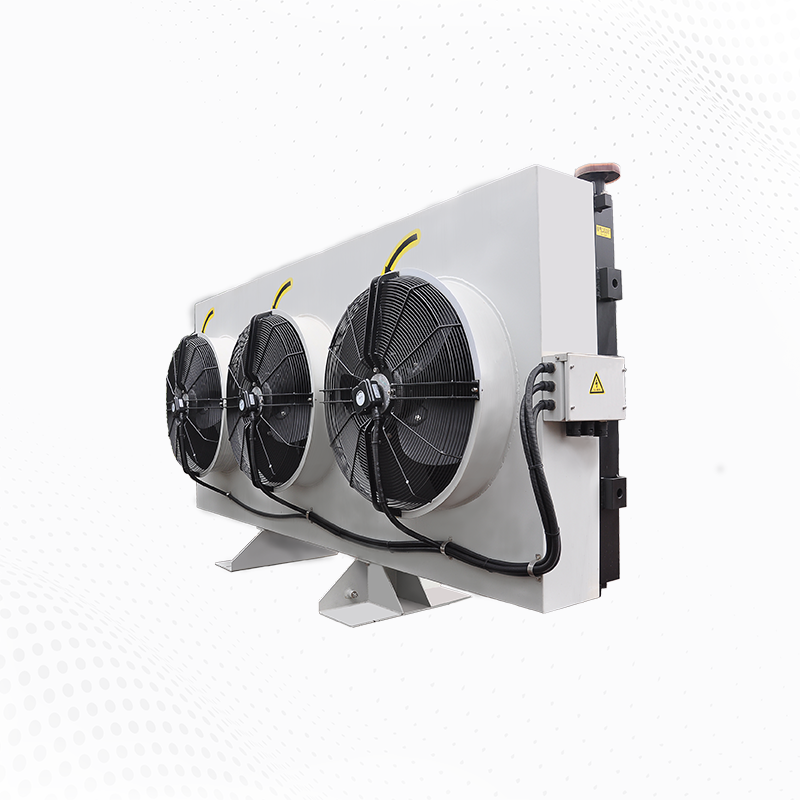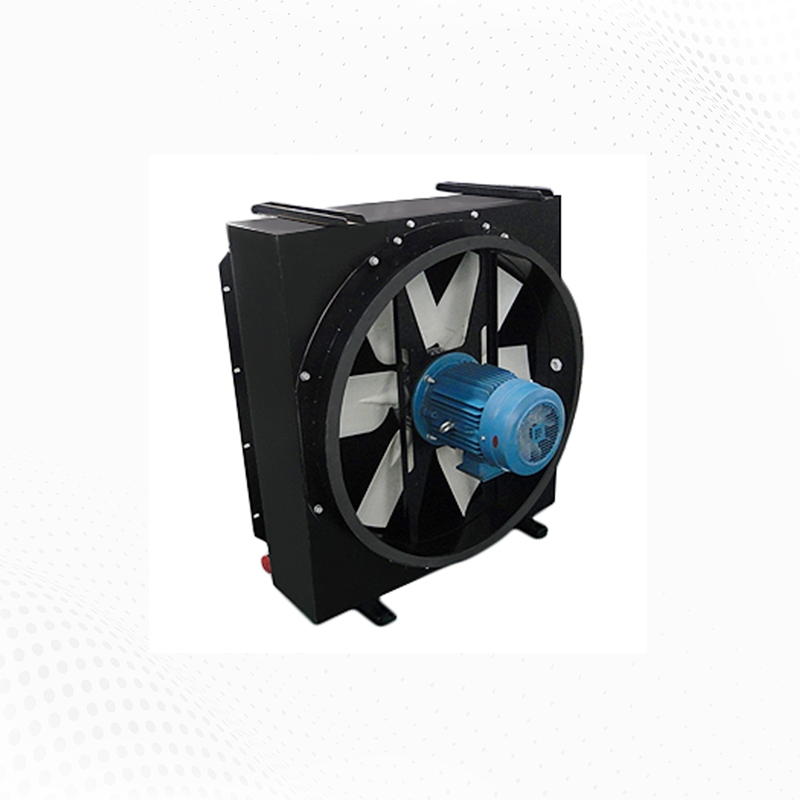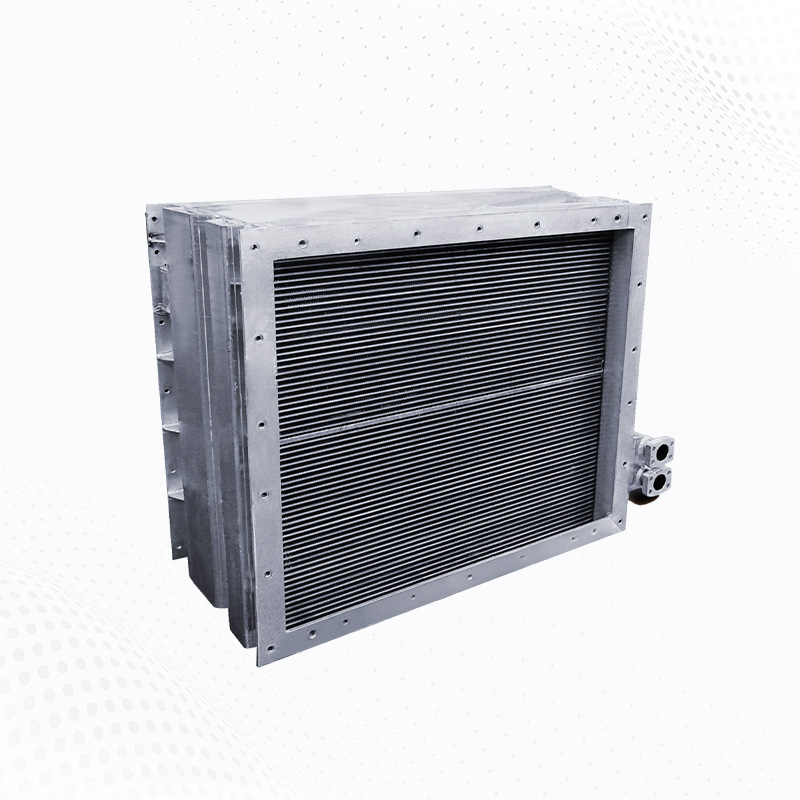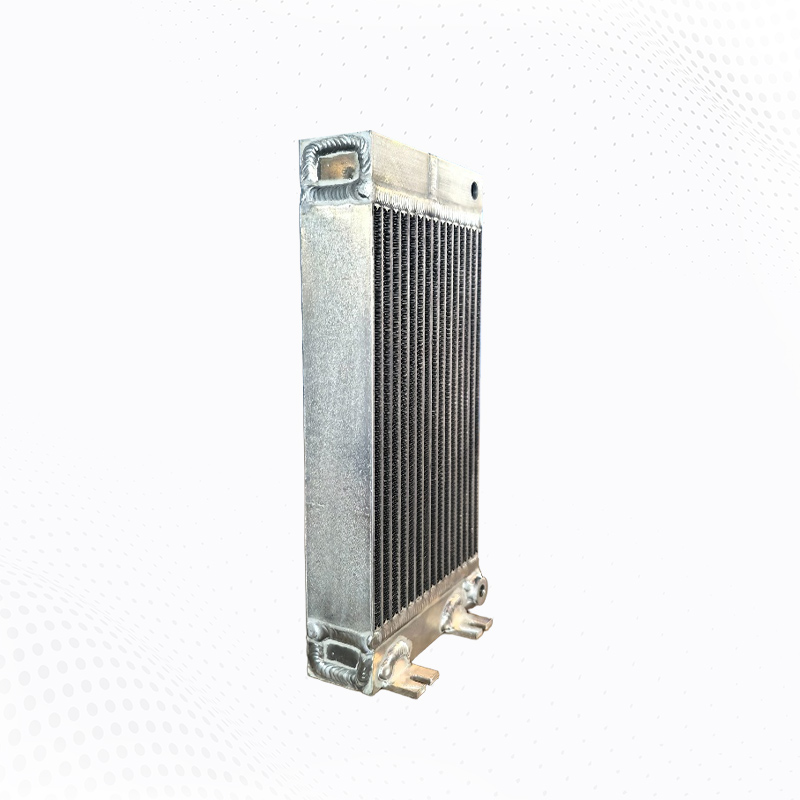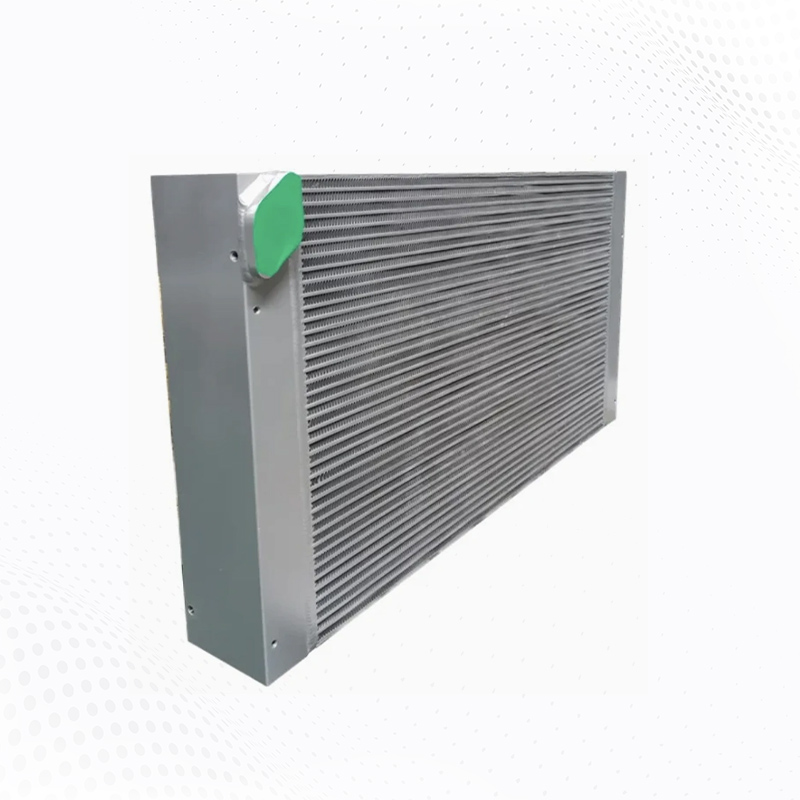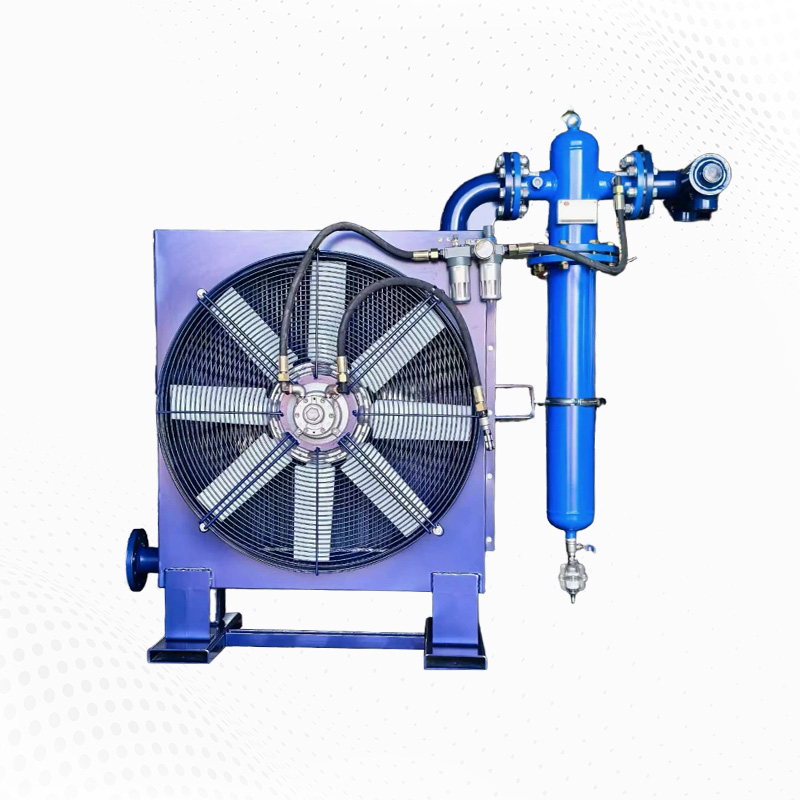This guide explains the features that matter when selecting an aluminum plate bar cooler, with actionable tips and quick comparisons tailored for heavy-duty and industrial applications.
Introduction — why feature choice matters
Choosing the right aluminum plate bar cooler affects reliability, lifecycle cost, and downtime. The correct aluminum plate bar cooler minimizes operating expense while maximizing thermal performance and serviceability. As sales engineers, we match performance parameters to duty cycles so your chosen aluminum plate bar cooler performs in the field.
1. Thermal performance and core capacity
The primary spec for any aluminum plate bar cooler is its heat rejection capacity. Confirm the rated kW for the aluminum plate bar cooler at your operating ΔT, and verify vendor test curves. A correctly sized aluminum plate bar cooler prevents thermal runaway and extends component life.
Check kW at rated conditions for the aluminum plate bar cooler.
Request actual performance curves for the aluminum plate bar cooler.
Allow safety margin when specifying the aluminum plate bar cooler for continuous duty.
2. Core design and fin geometry
Core design (fin pitch, fin type, and plate spacing) defines how an aluminum plate bar cooler balances heat transfer vs. pressure drop. Louvered fins on an aluminum plate bar cooler increase transfer but raise airside ΔP; coarse fins on an aluminum plate bar cooler lower fouling risk and are easier to maintain.
Louvered cores
Ideal when the aluminum plate bar cooler must be compact and lightweight.
Coarse/plain fins
Better for dusty sites where the aluminum plate bar cooler must tolerate fouling.
3. Materials, brazing, and corrosion resistance
Material quality determines the longevity of an aluminum plate bar cooler. Premium aluminum alloys and consistent brazing in a controlled atmosphere make the aluminum plate bar cooler robust under vibration and thermal cycling. For coastal or corrosive environments, consider coated or specially treated aluminum plate bar cooler cores.
Confirm alloy and brazing process for the aluminum plate bar cooler.
Ask about anti-corrosion options for the aluminum plate bar cooler.
4. Pressure ratings and mechanical limits
Verify working pressure limits for the fluid circuits in the aluminum plate bar cooler. The pressure rating of the aluminum plate bar cooler must exceed system maxima plus safety margin. Check burst test data and mechanical reinforcement where vibration or shock is expected.
5. Flow configuration and manifolding
Flow path and manifold design influence temperature distribution in the aluminum plate bar cooler. Maldistribution can create hotspots and reduce effective capacity. Choose an aluminum plate bar cooler with proven manifold geometry or request CFD validation for complex duties.
Balanced manifolds reduce hotspots in the aluminum plate bar cooler.
Multi-stream cores allow oil, coolant, and air passages in one aluminum plate bar cooler.
6. Packaging, weight, and envelope constraints
Weight and envelope often drive the choice of aluminum plate bar cooler in mobile and vehicle applications. A compact aluminum plate bar cooler may reduce installation complexity and improve center-of-gravity. Confirm mounting points, vibration isolates, and service access for the aluminum plate bar cooler.
7. Air management: fans, shrouds, and ducting
Airflow management affects the real-world performance of an aluminum plate bar cooler. Fans with appropriate static pressure, well-designed shrouds, and ducting ensure the aluminum plate bar cooler meets rated capacity. Avoid recirculation and tune fan curves to the aluminum plate bar cooler performance map.
8. Serviceability and maintenance
Long-term value of an aluminum plate bar cooler depends on easy cleaning, filter access, and field-replaceable components. Prefilters, removable guards, and planned ΔP monitoring keep the aluminum plate bar cooler efficient and reduce unplanned downtime.
Include pre-filtration when using dense-fin aluminum plate bar cooler.
Design access panels for cleaning the aluminum plate bar cooler.
Monitor ΔP and temperature differentials on the aluminum plate bar cooler.
9. Noise, vibration, and harsh-duty considerations
In vehicles and heavy machinery, noise and mechanical stress matter. Choose an aluminum plate bar cooler with reinforced mounting and consider low-RPM fans to lower noise while meeting the aluminum plate bar cooler duty.
10. Testing, certification, and warranty
Insist on leak testing, pressure testing, and performance verification for any aluminum plate bar cooler. Confirm the warranty terms and what field failures are covered for the aluminum plate bar cooler.
Quick comparison table
| Feature | What to check for the aluminum plate bar cooler |
|---|---|
| Thermal capacity | Rated kW at ΔT for the aluminum plate bar cooler |
| Fouling tolerance | Fin pitch/type on the aluminum plate bar cooler |
| Pressure rating | Working and burst pressure of the aluminum plate bar cooler |
| Weight & envelope | kW/kg and dimensions of the aluminum plate bar cooler |
| Serviceability | Access, filters, ΔP monitoring for the aluminum plate bar cooler |
How Wuxi Yuda helps
Wuxi Yuda sales supports customers by mapping duty to the optimal aluminum plate bar cooler. We provide performance curves, material certifications, and installation guidance so the specified aluminum plate bar cooler performs as promised. For bespoke needs, we offer custom cores, multi-stream options, and corrosion protection for the aluminum plate bar cooler.
Send duty data—kW, flows, temperatures, environment—and our team will recommend the right aluminum plate bar cooler with comparative quotes and lead times.
Request Wuxi Yuda pricing and sizing for your aluminum plate bar cooler
Final checklist before purchase
Confirm rated capacity for the aluminum plate bar cooler.
Verify fin type and fouling strategy for the aluminum plate bar cooler.
Check pressure ratings and mechanical reinforcement for the aluminum plate bar cooler.
Plan filtration and access for the aluminum plate bar cooler.
Request performance tests and warranty terms for the aluminum plate bar cooler.
A short review against this checklist prevents common field failures and ensures the aluminum plate bar cooler delivers low lifecycle cost.


